
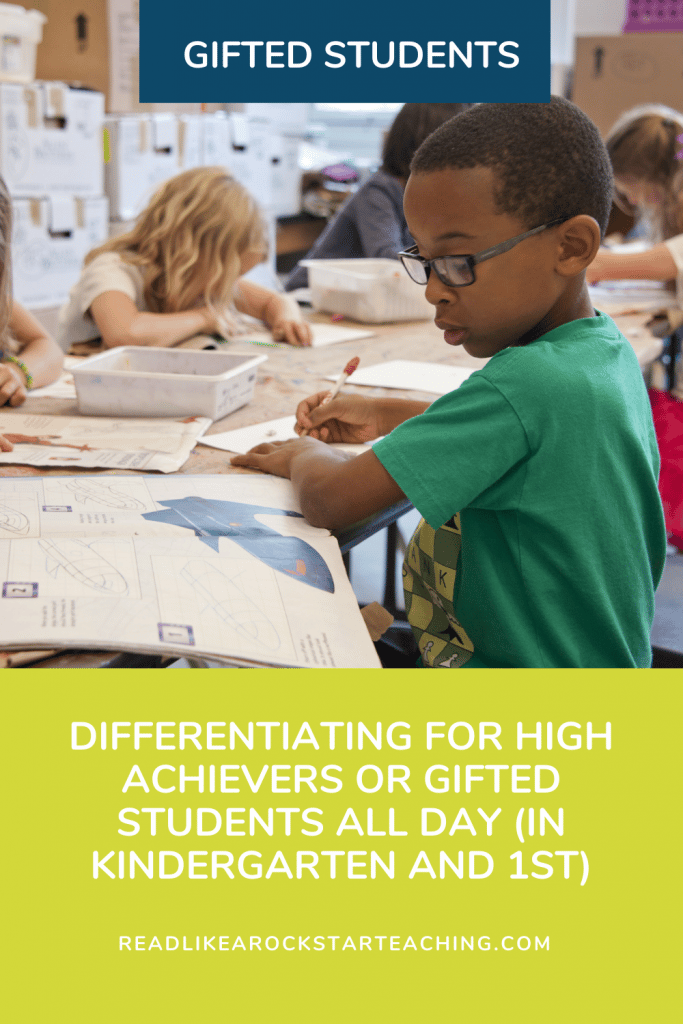
FYI: This post is a mix of research, my training (GT endorsement), my years of experience in the classroom with the cluster group of GT students, working as the GT teacher K-5, working with the GT coordinator for the district, being a gifted learner myself, and having a gifted child.
Note: High achievers and gifted students are not synonyms. High achievers can work hard and grow quickly. Gifted students have a brain-based difference in the way they learn and process information. It may not always look like the highest reader or the quickest mathematician.
You’re Here! Hi!
If you’re reading this, it’s probably because you’re an educator that has been in or is currently in the position where you have a few students in your class that are doing so well academically, that you aren’t always sure how to keep them challenged for the entire day.
You might also be a parent or caregiver at your wit’s end, feeling frustrated or overwhelmed by the experience your high achiever or gifted learner is having at school. You are worried they aren’t being challenged during the entire day (or at all).
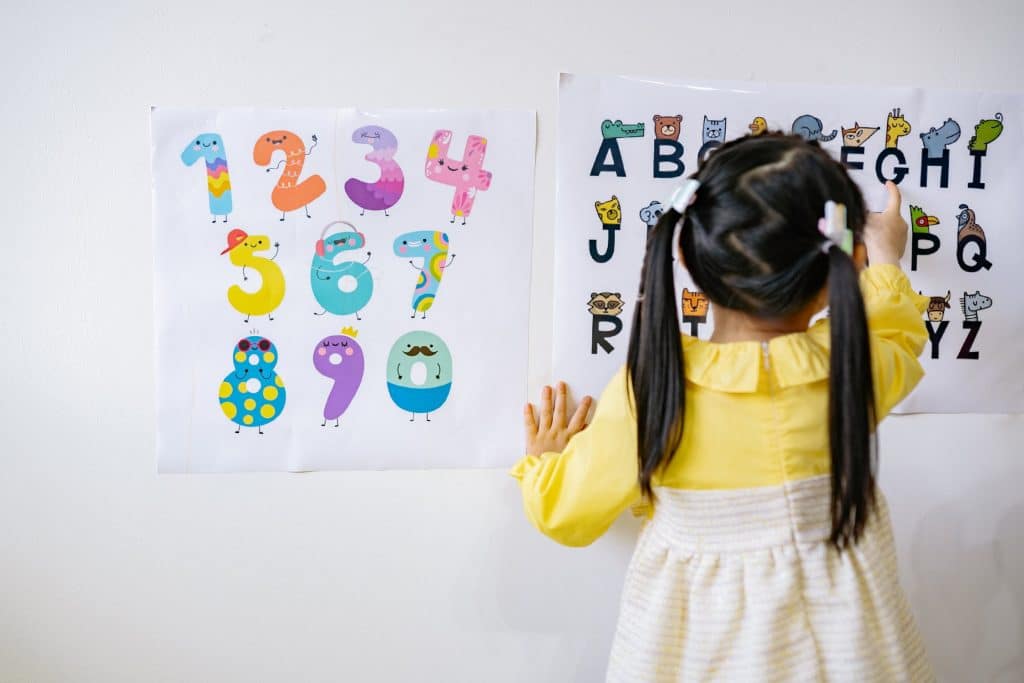
And yes, they do deserve to be challenged all day. They deserve to come to school, just like everyone else, and learn something new, learn something thought provoking, and learn something that develops them as critical thinkers even if at first glance they appear to “know it all”.
Some learners may not get the chance to show their giftedness, because they are not placed in environment that allows them to shine. It is up to us to create that environment for our gifted learners.
What is a Gifted Learner?
The National Association for Gifted Children (NAGC) tells us “students with gifts and talents perform—or have the capability to perform—at higher levels compared to others of the same age, experience, and environment in one or more domains.”
Whether your students have been identified or not, that does not stop them from being gifted learners. Gifted learners go unidentified all the time, and they are still gifted. They are gifted when they are pulled for an enrichment group, and they are still gifted when they return to their general education class for the remainder of the day. It’s just the way their brains work. There’s a brain-based difference in the way these children think. They are a part of the neurodiversity that makes our world beautiful.
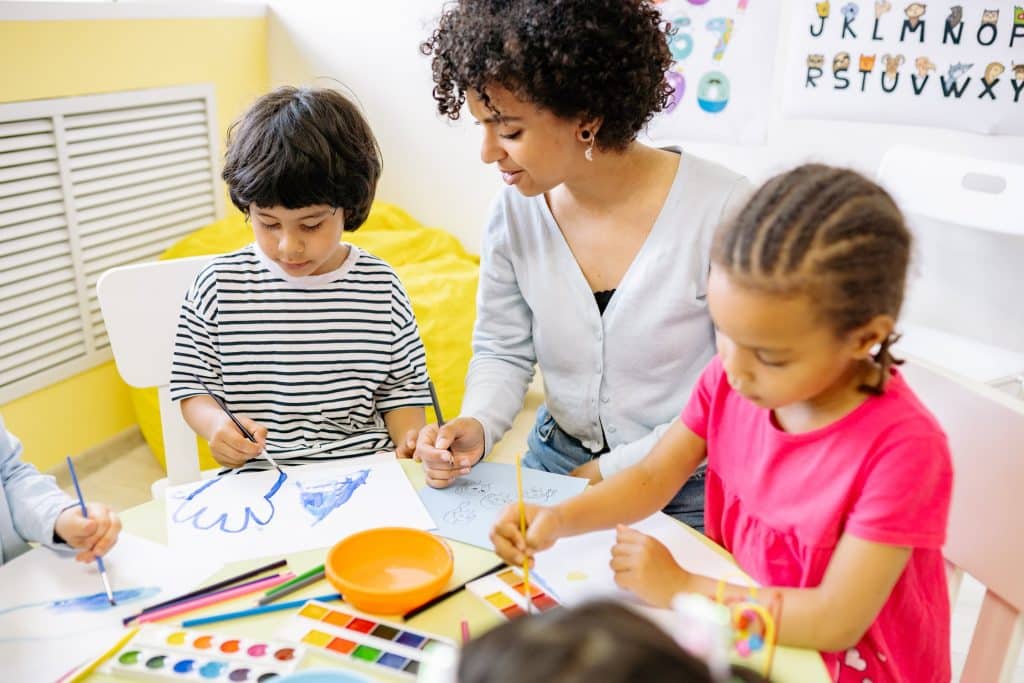
What are the traits of a Gifted Student?
Gifted students can sometimes be easy to spot. They are that bright young child with a ridiculously advanced vocabulary. They are reading by age 2 and solving algebraic equations in preschool. But some learners go unnoticed because of the environment they are in, the work they are given, and sadly, even their race, gender, ethnicity, disability, and socio-economic status. They may excel in multiple areas or just a single one.
As Dr. Jim Delisle describes it, “Giftedness is an innate ability to both detect and comprehend the world in complex ways that differ significantly from age-expected norms.” (Understanding Your Gifted Child from the Inside Out, p8).
But we can’t just look for a student’s high academic achievements to determine if they are gifted or not. We can not use these things as the only indicators to make us flag students for further testing. We will miss out on other brilliant minds if we do.
Like I said earlier, your students can be gifted whether or not they are identified. If your school or district doesn’t have a gifted program or doesn’t test young students, you can still look for traits and meet your students needs with your lessons so that all of your learners will be challenged appropriately based on their needs.

Traits to Look For: (You’ll notice some are positive and some may be seen as negative)
-Very self aware and socially aware
-Very alert and observant
-Perfectionism
-A unique or adult sense of humor
-Monopolizes discussions
-Solves problems creatively
-Challenges rules and authority
-A strong sense of justice
-Very empathetic and sensitive
-Corrects peers and adults
-Daydreams
-Needs few repetitions to retain and comprehend information
-Easily bored or distracted
-Knows and understands information that is above their age/grade level
It’s critical to remember that a student can be gifted and not exhibit all of these traits. They may just show a combination of a few. They are important to look for when their academic achievement doesn’t translate as high reading and math scores.
Twice Exceptional Students
It’s important to note that students might also be twice exceptional.
According to NAGC, “What’s not often well-known or well-understood is that students who are gifted may also have a special need or disability— just as students with disabilities may also be gifted. The term “twice-exceptional,” also referred to as “2e,” is used to describe gifted children who, have the characteristics of gifted students with the potential for high achievement and give evidence of one or more disabilities as defined by federal or state eligibility criteria.”
So, What Can You Do?
Identify students as early as possible. Look for gifted traits and keep track of the students who continually display them whether or not you are seeing academic evidence. In kindergarten and first grade, students may not be displaying their giftedness in the most obvious way. Don’t write students off because they don’t fit the mold.

Plan For Your High/Gifted Students
Your gifted students deserve lessons that were created with them in mind.
Have you ever put your lessons together and then immediately thought of the few students it would be way too easy for and then thought about the students it would be way too hard for without any support? I know I have. Luckily, after I did my research and received my gifted endorsement, I learned what I could do to be better for all of my students
Planning with the highest-achieving students in mind changed everything! It was a big shift and it was a hard shift. Before I implemented it, I worried how my learners who needed the most support would do when the bar was set even higher, but I quickly saw that it impacted all of my learners positively.
Ask Better Questions
If you haven’t already, familiarize yourself with questions rooted in depth and complexity, the DOK wheel (stay in level 3 and 4 as often as possible), and higher order thinking questions. And don’t forget to ask ALL of your students these types of questions. The strategies you use for GT kids will also positively impact everyone else in your class. Can the same be said about the opposite…
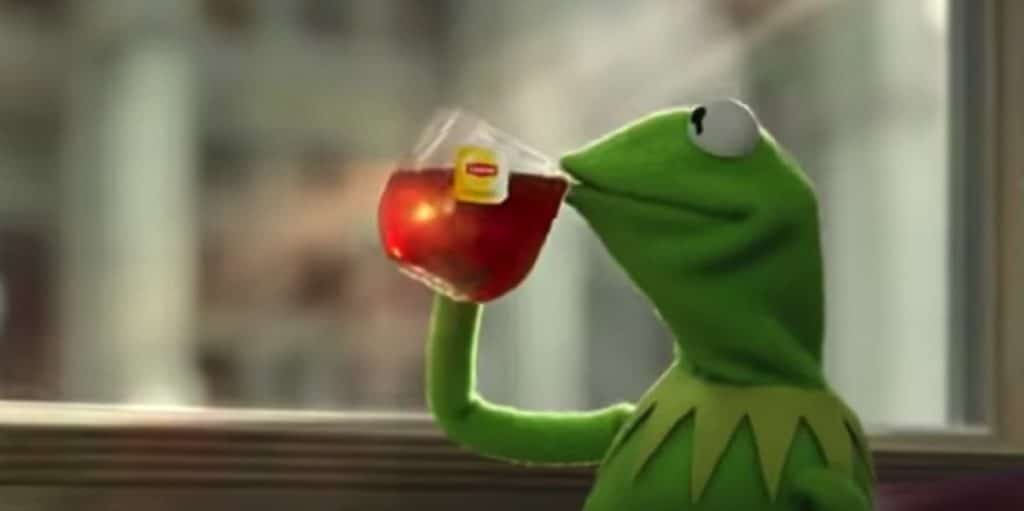
I blogged about how I use depth and complexity with my kindergarten and first grade students
Small Group Time
Small group time is when it was easiest for me to differentiate. During small group time, it might feel “easier” to give students the tasks their groups are ready for. I would switch out my decodable readers for chapter books, change the game at the interactive board, and have open ended tasks at my reading and writing centers, and offer multiple prompts or activities so students can work at a level that met their needs. I have early finisher packets ready to go for students that needed them as well.
But our gifted students aren’t just gifted thinkers during small group time.
Whole group is where things can get tricky. What do you do when most students need a certain lesson, but some of them don’t?
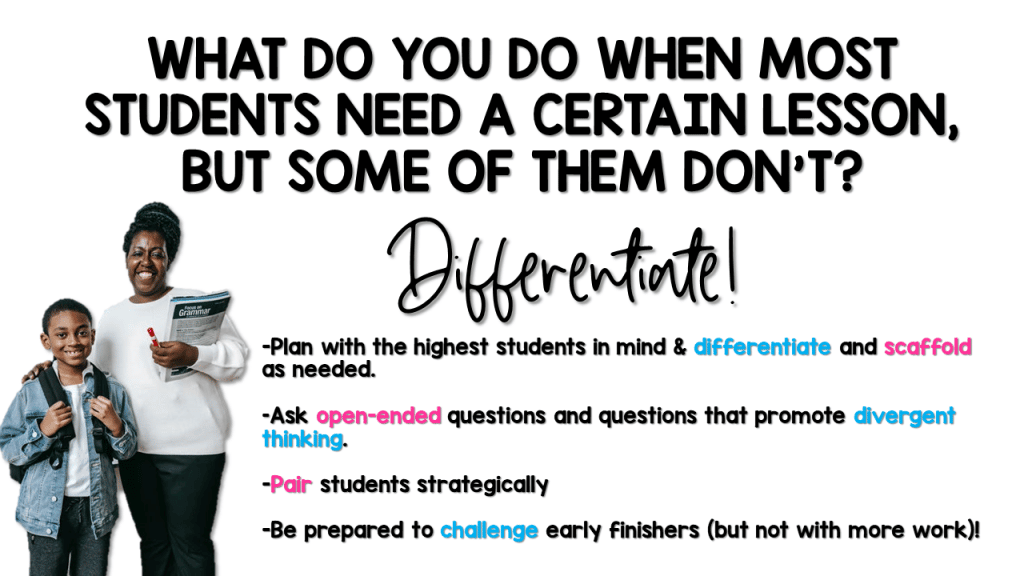
You still differentiate! I’ve found you can all stay together (for the most part) while working in different ways that are challenging everyone appropriately.
Let Me Give You an Example:
When I taught kindergarten, I had the majority of my class needing to learn letters and letter sounds, but 3-4 students came in already knowing their letters and letter sounds. They quickly began to read and write earlier than their peers. Now, I could have just said, “They are in kindergarten, reviewing the sounds just like everyone else won’t hurt them.” OR I could remember that they deserved to be challenged and make sure the lesson was a lesson that considered them, and not just make them do what everyone else was doing despite knowing they didn’t need it.
As we learned a letter and sound each day, my expectation was for students to write down the letter on a dry erase board and write or draw as many things that they could think of that also started with that letter. I even added a challenge of writing a sentence with a word that started with our letter of the day.
Divergent thinking is a way of thinking that asks students to explore many possible solutions and think creatively. Try asking questions or assigning tasks that have many possible answers.
So, if I gave students 5 minutes to work on this letter task, one student’s best work might be writing down the letter and drawing an apple, with my support and guidance. Another student’s best work might be writing down the letter and also spelling 5 words that started with the same letters and drawing 3 pictures.
My students with different strengths didn’t have to draw one letter and one picture and then sit around waiting for everyone else to finish. My other students didn’t have to attempt a task they weren’t ready for. Everyone got to do what was best for them.
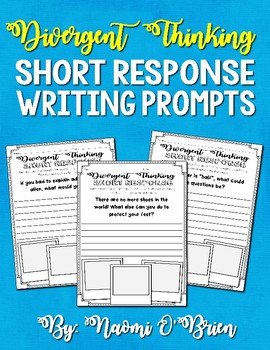
Here’s Another Example:
When we began addition strategies, I already knew (for the most part) who was going to “get it” right away. They still needed the lesson because it was new content, but I knew I had to plan with them in mind. Don’t underestimate your other students though. You may be planning with certain students in mind and other students may surprise you with what they begin to do! I’ve heard it said that a rising tide raises all ships.
Quickly, before the lesson, I would ask my students what they already knew about what we were going to learn. A handful of times throughout the year, a few students were able to skip an entire lesson and work on an independent project or learn a new skill.
Anyway, back to my example. The way I taught my leaners that needed support, my grade-level learners, and my above-grade grade level learners was by introducing the concept of addition supported by drawings. I taught the vocabulary that everyone needed to know: addends, add, equal, and sum. Then I modeled the concept during the “I Do” part of my math lesson. I showed my students how I would solve 2 + 3 using drawings to support my work to find the sum.
(Check out the way I run math block here) Because gifted students often grasp things quickly and need little repetition, I knew few of my students would be ready to go without as much support after I showed them the strategy, while others still needed to be heavily supported. Both are okay. Everyone learns differently.
When we got to the “We Do” part of the lesson, I allowed the few students who were ready (the ones I anticipated) to work independently, partnered with a peer of similar ability level. I used badges to group students and they were able to find partners efficiently. I posed two different addition problems to my students and told them to pick which one they wanted to solve. I picked 4 + 5 to work on with the majority of my class and my GT students could choose to solve 4 + 5 or my challenge equation: 3 + 5 + 8.
They loved going for the challenges! (Honestly, as the year went on, other students would begin to ask to try the challenge problems and I would encourage them to go for it.) While the few of them worked to solve the three addended problem using the same strategy I taught (using a drawing), I worked with the rest of my students to solve 4 + 5. I monitored my higher students and gave feedback as needed.
When we got to the “You Do” part of the math lesson, I would again pose two choices for students to show if they could independently use the strategy. I would also ask open ended questions to encourage higher order thinking and check for my students understanding throughout the entire lesson.
“Would this strategy work for any addition problem? Why or why not?
“How do we know how many objects to draw of our pictures?”
“Why is the equal sign important?”
“Does anyone notice any patterns?
“What’s a different way to solve this?”
When it was time to complete independent work, if I noticed any students really breeze through my challenge problems from whole group time, I would allow them to only do the challenging problems on the independent work. That’s a GT strategy called Most Difficult First. GT students don’t need MORE work to prove they know something or to try to slow them down so they don’t finish their work early and wander around saying, “I’m dooooonnnne!”
If they know it, they know it! Usually the last two problems on our curriculum’s worksheets were trickier problems, so that’s what they’d do. If they got them correct, I knew there was no need to do the other problems. I would have a math game that a small group of students could play or they could work on IXL math on our Chromebooks. Another option would be to choose a BrainpopJr.com topic they were interested in learning about and them watching the video, taking the quiz, and then creating something to show their learning.
For one group, when they were ready after a math lesson one day, I introduced the concept of multiplication to them early, as well as telling time to the hour and half hour. They worked to develop those skills and loved the challenge.
Meanwhile my other students were still independently practicing problems that were just right for them.
*It’s important to note that every lesson didn’t work out like this. Sometimes the challenges were too much and we all worked on the same task with different levels of support.
Teacher Tip:
Have a couple of blank board game boards, dice, and game pieces handy. It’s so easy to add some cards or dice and make a quick reading or math game for students to play and practice skills when they finish early.
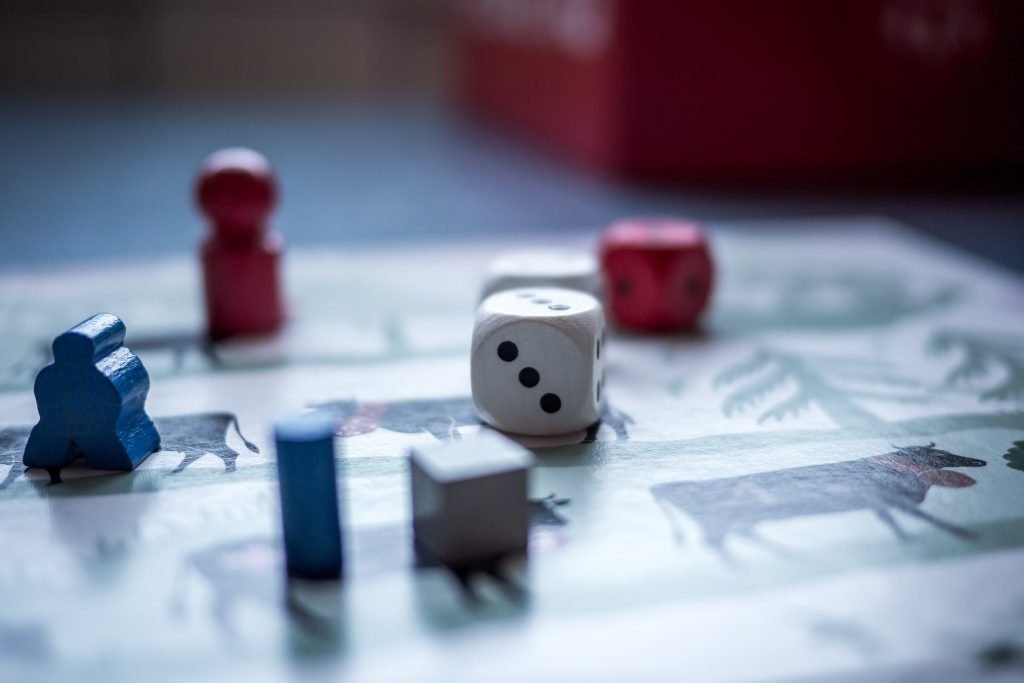
For this particular lesson, I let my early finishers get together in groups of 3-4. They would roll dice and then practice adding the numbers together. Manipulatives and dry erase boards were available for support. Students could challenge themselves by rolling three die and adding three addends together if they wanted to.
Before students started their independent work, I let them know how much time there was for the task, before I would gather a reteach group. I let them know the game rules that they could begin playing if they finished early or when they finished and had some time left.
There are many research-based, tried and true strategies I’ve used like:
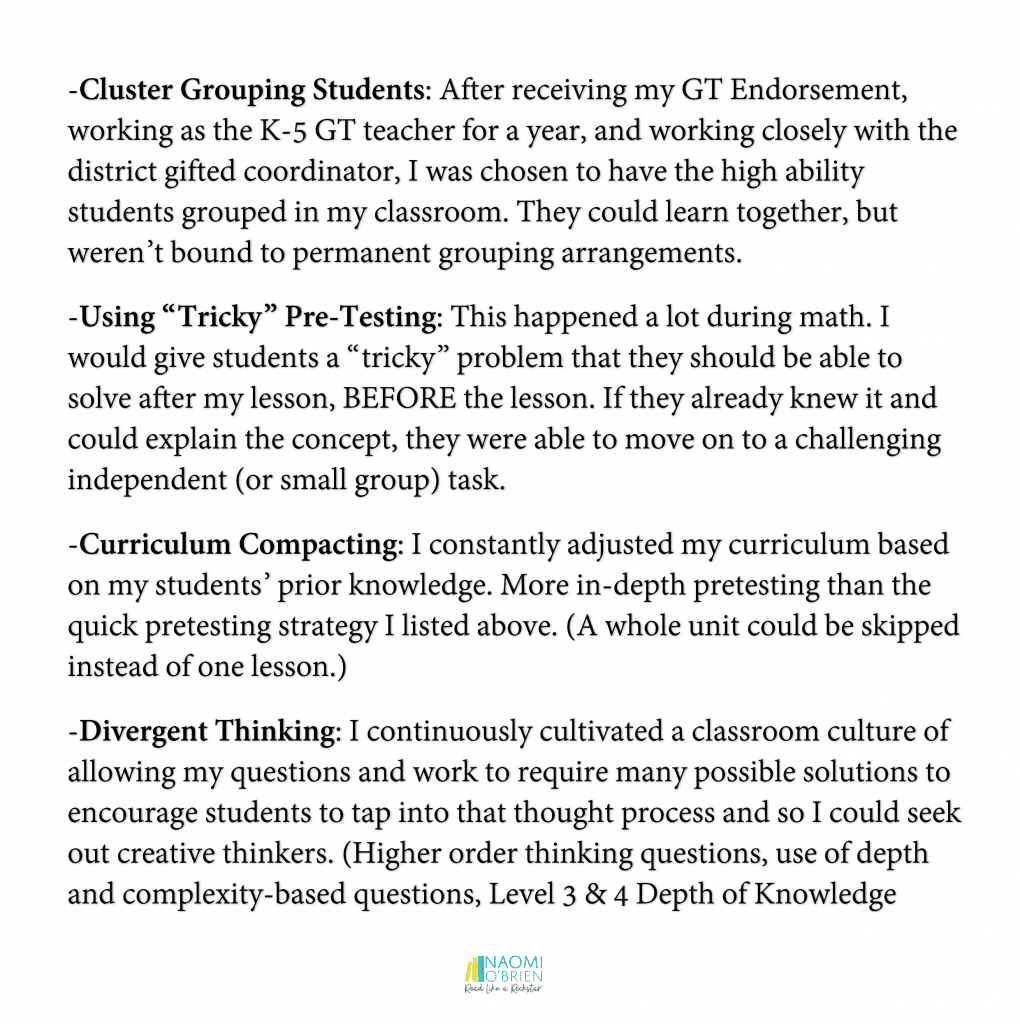
Remember:
All students have different strengths and areas of growth to work on.
Early finishers don’t need more of the same work, they need work that challenges them. (Think extension and enrichment activities)
GT students don’t come to school to teach their friends or wait for their friends to finish their work before they can move on.
Cluster grouping GT kids gives them a group they can work with at a quicker pace. (See if your school can cluster kids at every grade level.) Allow this cluster to work together often in the classroom. They are often the bosses or leaders that do all the thinking, which actually hurts the students they are paired with that don’t get a chance to think for themselves.
Planning lessons that challenge all of your students prepares all of your students to take academic risks.
Talk to your students about their giftedness and the way their brains work. It may help them understand some of the traits they have (positive and negative) and feel less alone.
Acknowledge their hard work and growth.
Make academic and personal goals with all of your students.
Don’t assume your GT students are “fine” or don’t need to be pulled for small group or worked with. They come to school to learn just like everyone else.
Early Finisher Challenges

When I taught first grade I also used monthly Early Finisher Packets when students finished early and I wanted to give them a creative and challenging outlet. I also created these for a few teachers in 2nd and 3rd grade who needed more activities for their early finishers. I just printed a new packet each month. This resource was designed to have an educator mix and match these activities to create fun, meaningful, and challenging packets for their students each month. (A labeled cover is available for each month.)

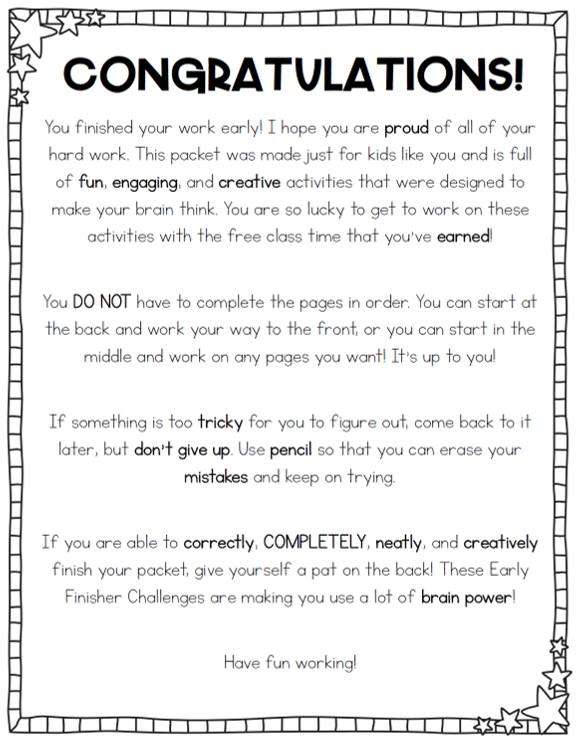
I hope this was a helpful post! Stay safe and have fun learning and teaching!


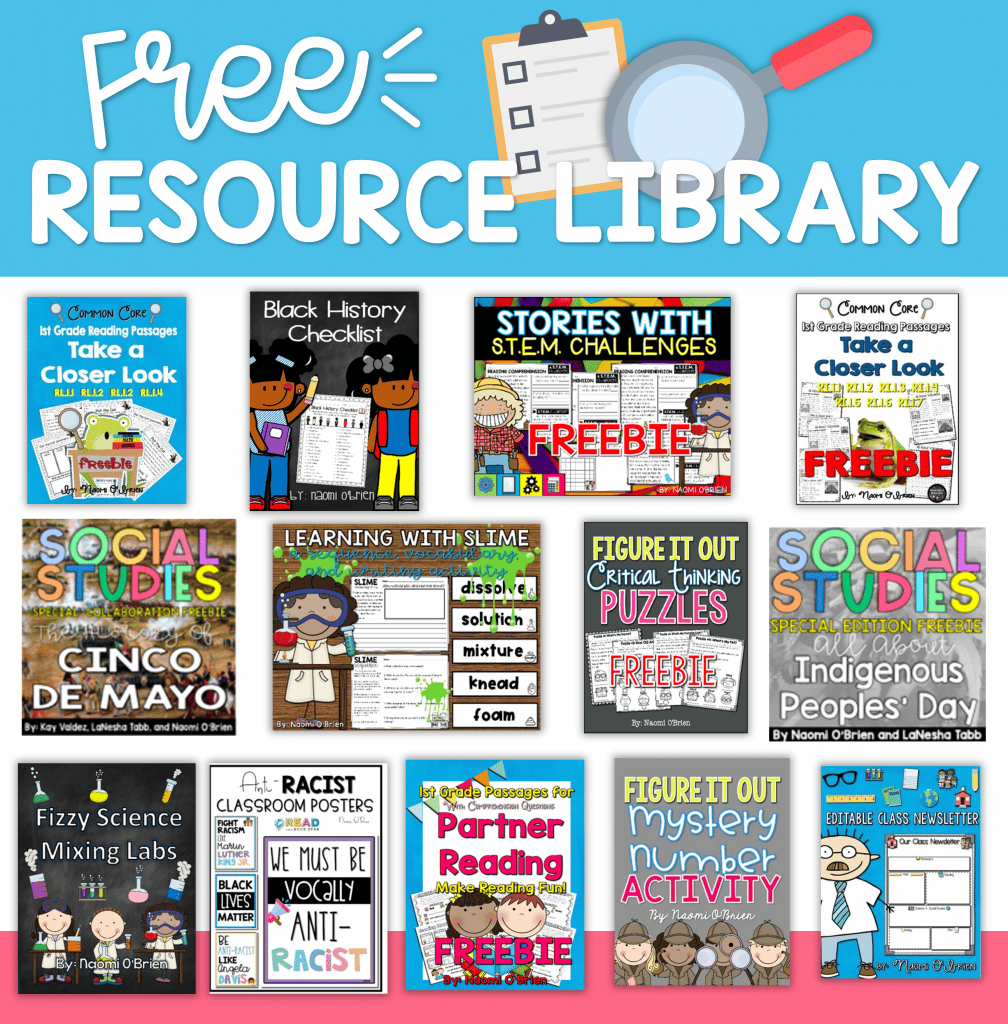
| Cookie | Duration | Description |
|---|---|---|
| cookielawinfo-checkbox-analytics | 11 months | This cookie is set by GDPR Cookie Consent plugin. The cookie is used to store the user consent for the cookies in the category "Analytics". |
| cookielawinfo-checkbox-functional | 11 months | The cookie is set by GDPR cookie consent to record the user consent for the cookies in the category "Functional". |
| cookielawinfo-checkbox-necessary | 11 months | This cookie is set by GDPR Cookie Consent plugin. The cookies is used to store the user consent for the cookies in the category "Necessary". |
| cookielawinfo-checkbox-others | 11 months | This cookie is set by GDPR Cookie Consent plugin. The cookie is used to store the user consent for the cookies in the category "Other. |
| cookielawinfo-checkbox-performance | 11 months | This cookie is set by GDPR Cookie Consent plugin. The cookie is used to store the user consent for the cookies in the category "Performance". |
| viewed_cookie_policy | 11 months | The cookie is set by the GDPR Cookie Consent plugin and is used to store whether or not user has consented to the use of cookies. It does not store any personal data. |
Thank you for your interest in booking a private professional development experience! Please fill out our Booking Inquiry form and a member of our team will contact you soon.
One Response
Your article was so helpful regarding differentiation!
Thank you!